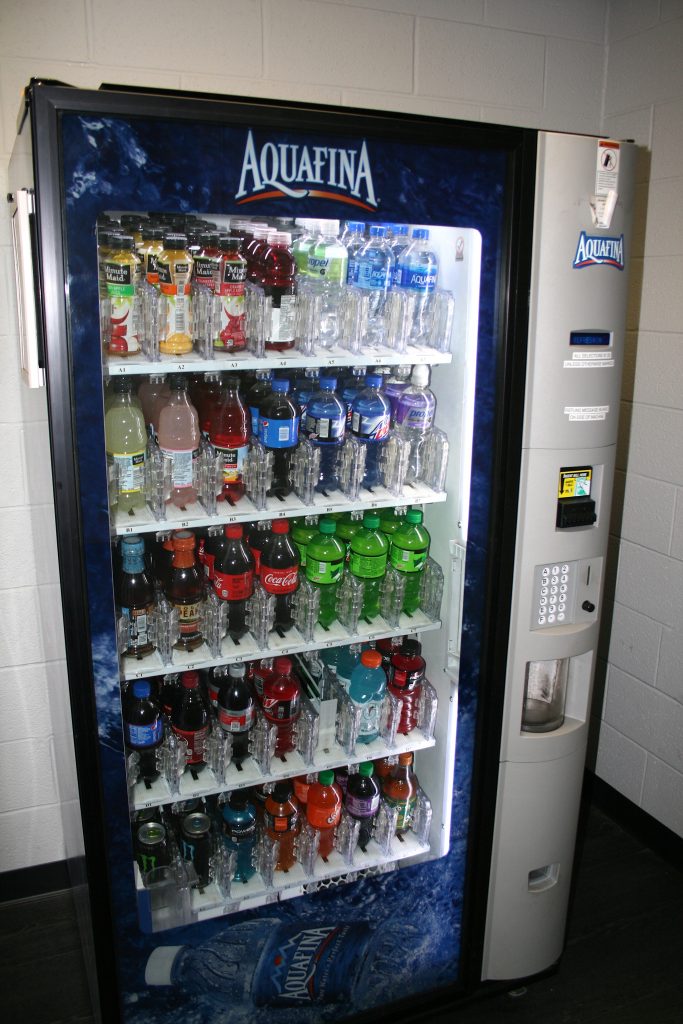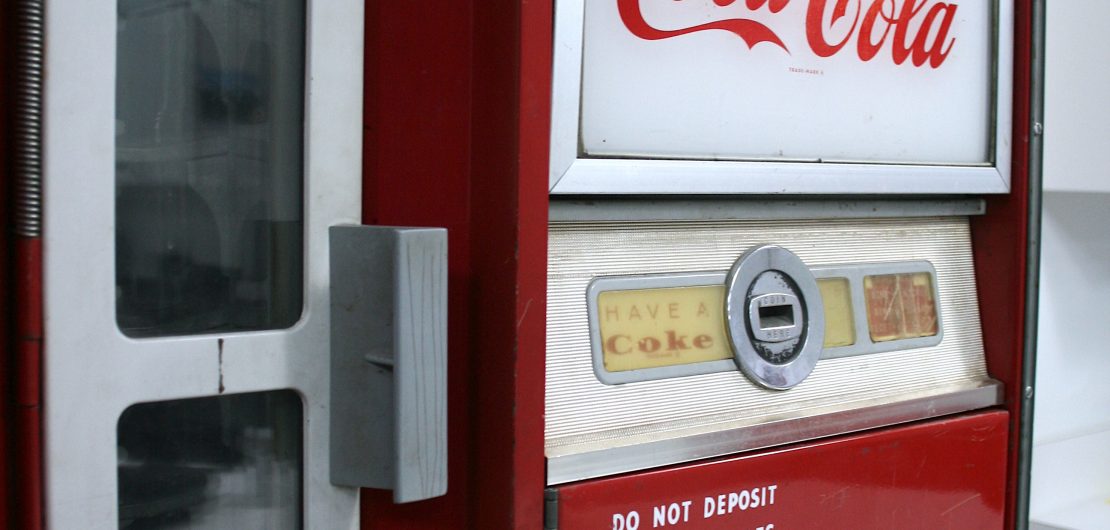
Manage your expectations
It’s really not an unrealistic expectation. You stand in front of that bright red and white machine with a dollar or two in your hand. That hard-earned money goes to work for you the moment you put it in the machine and push a button. After you hear the mechanical sounds at work, the machine spits out a pop (or a soda if you live someplace other than the Midwest).
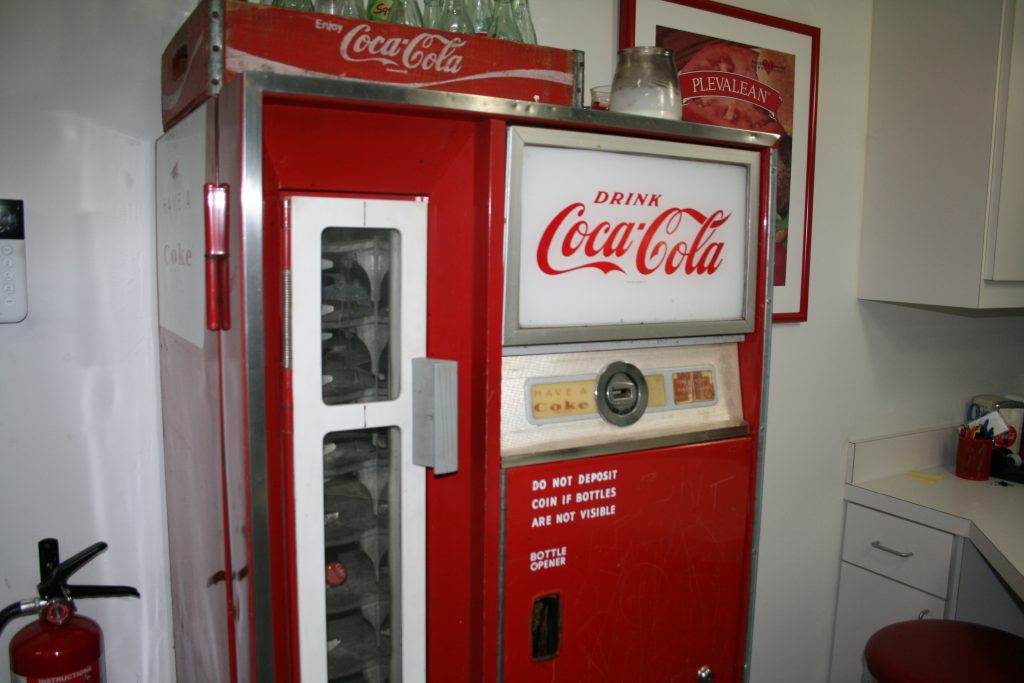
It’s a great expectation when you are buying a pop. And many people think the same should be true about their hard-earned advertising dollar. That’s where you run into trouble.
We develop an expectation that if we put a dollar in the advertising machine, we should be able to sell a product — a dollar goes in and the product spits out. That product can be a car, new shoes, dinners at a restaurant, or anything else you may sell.
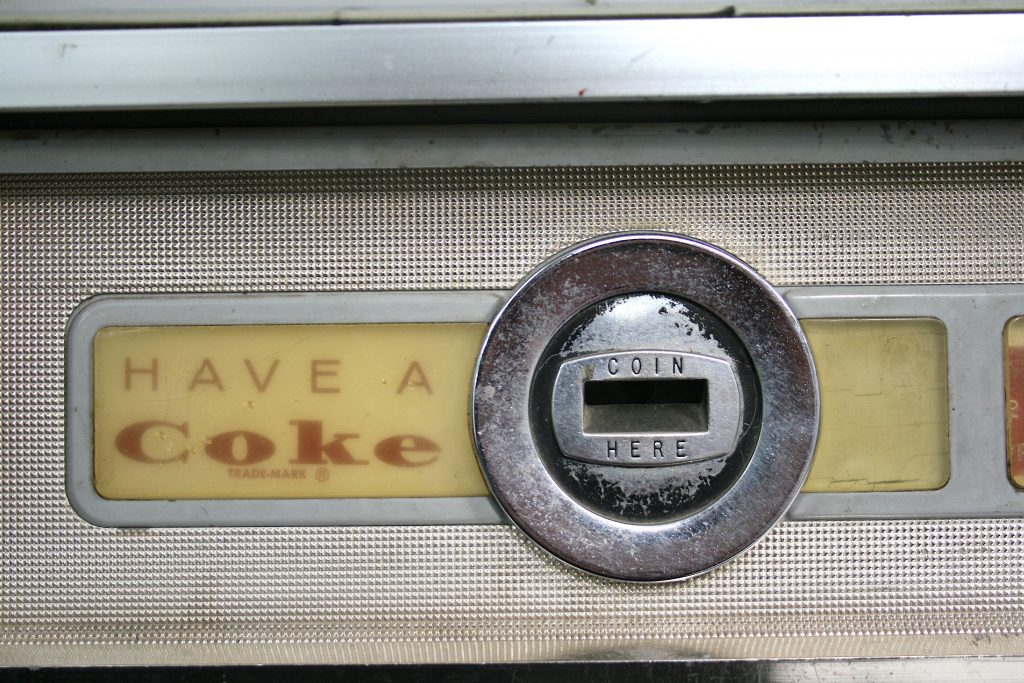
But advertising is not a machine. It can be just as complicated as the mechanical works of that pop machine, but its impact is dependent on so many things. What media are you using? Who is your audience? What was your message? What is the reputation of your business? How much repetition did you have with your message?
That last item can be key. Studies indicate that each and every day we are subjected to anywhere from 4,000 to 10,000 commercial messages. It could be that logo on the red and white pop machine. It could be a Facebook ad. It could be a TV or radio ad. You are constantly being bombarded. It’s easy to get lost.
There’s widespread disagreement on how many times an ad needs to be seen in order to be remembered. It can be anywhere from three to 20. If you’re paying for the ad, you want it to be three. If you’re selling the ad, you want it to be 20. Based on my own experience, I tend to believe that number is around seven or eight. So if you place one ad and expect people to respond, you may have an unrealistic expectation.
Then you toss in the Broca impact. Roy H. Williams is known in advertising as “The Wizard Of Ads” and I’m a huge proponent of Roy. He talks about this area of the brain that is responsible for a large part of your ability to talk and understand communication. It is also the part of your brain that anticipates the predictable. If Broca sees or hears something that is fully predictable – it has a tendency to discard that information. And when you sleep, it treats your memory like a blackboard and wipes out much of what it considers to be useless information. That means if you want an ad to be noticed, there needs to be something unpredictable so that Broca sits up and takes notice. That’s why comedic ads (think Old Spice ads) or strange ads (think most Geico ads) are carefully crafted by high-priced New York ad agencies.
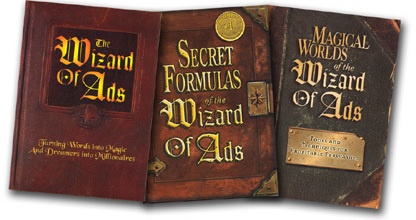
Most local advertisers don’t have the budgets to hire those New York ad agencies. But they do have the time to carefully consider what their message should be. If you ever find yourself looking at an ad or a script and say, “That’s good enough.” You can bet it isn’t.
Dig deep into your business. Figure out what you do better than your competition. Ask your customers why they came knocking on your door. Take time to understand their needs. And most of all, craft a message that is “You.” It represents what you stand for and how you hope to benefit your customer. Take the time to make it look good or make it sound good.

When you craft the message, make sure that it’s not about you – it’s about the customer. I recently signed on as the agency for Lautner Irrigation. I’m excited about this. It’s a family run business that’s been around for nearly 50-years. They made it clear to me their success is tied to the quality of their product and focusing their business on the customer. If we run an ad that says, “we’ve been in business for 47 years,” that’s about them. If we run an ad that says “we bring 47 years of knowledge to your yard,” that’s about the customer.

Finally, be in marketing for the long run. Don’t look to see what happened this month or next month. Give it at least six months and be very aware of trends. Is your advertising impacting your trends?
I have seen aggressive advertisers go black for months and not see an impact on their business. That blackness eventually caught up and the businesses saw a predictable decline. It can take two or three times to recover from letting up off the gas.
Advertising is not a pop machine. There will be times you put in a dollar, and get nothing back. Other times you put in a dollar and get three pops out. There will still be times when you push the button without putting in your dollar and you get that pop. Advertising works. You just have to make sure you have the right medium, frequency and message.
